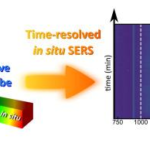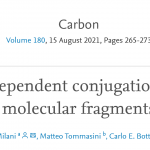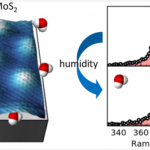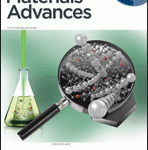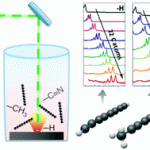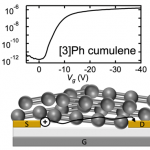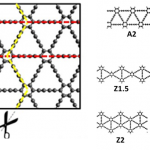
New paper published reporting results of the EspLORE project. Carbon atomic wires properties have been unveiled by Synchrotron- based UV resonance Raman in a collaboration between Dept. of Energy and Dept. of Chemistry, Materials and Chem Eng. of Politecnico di Milano and IUVS beamline of ELETTRA Synchrotron in Trieste.
Electron-phonon coupling and vibrational properties of size-selected linear carbon chains by resonance Raman scattering
P. Marabotti, M. Tommasini, C. Castiglioni, P. Serafini...
Read More
